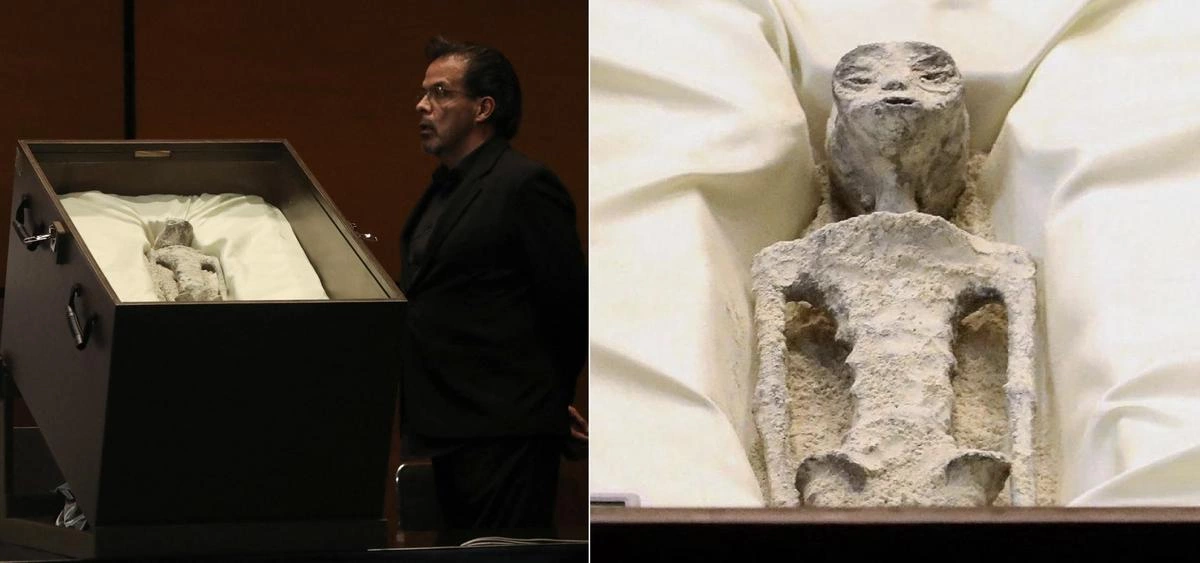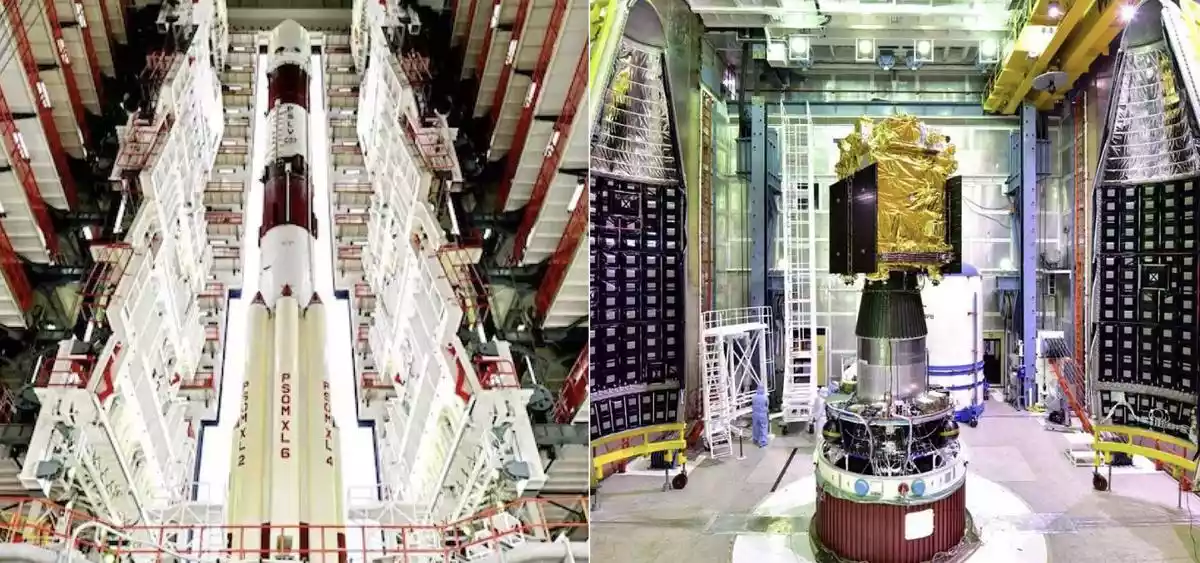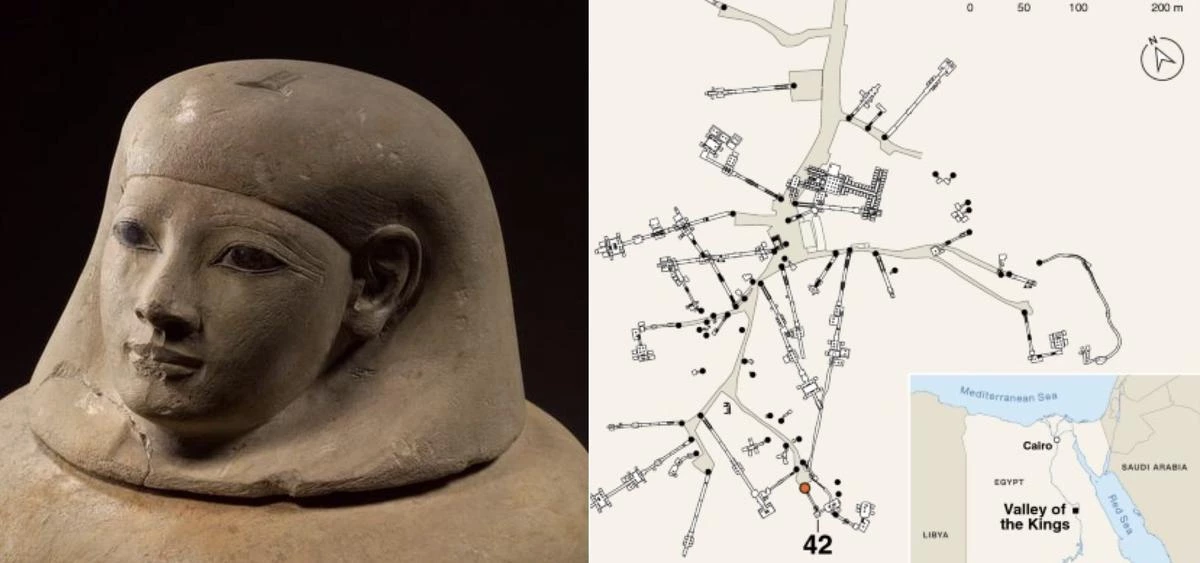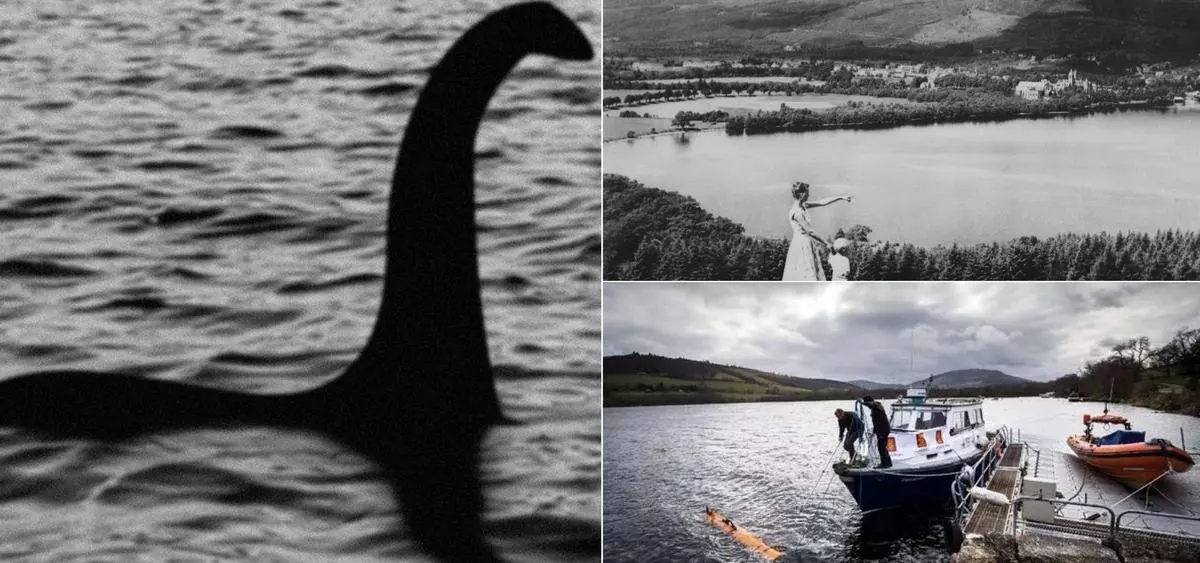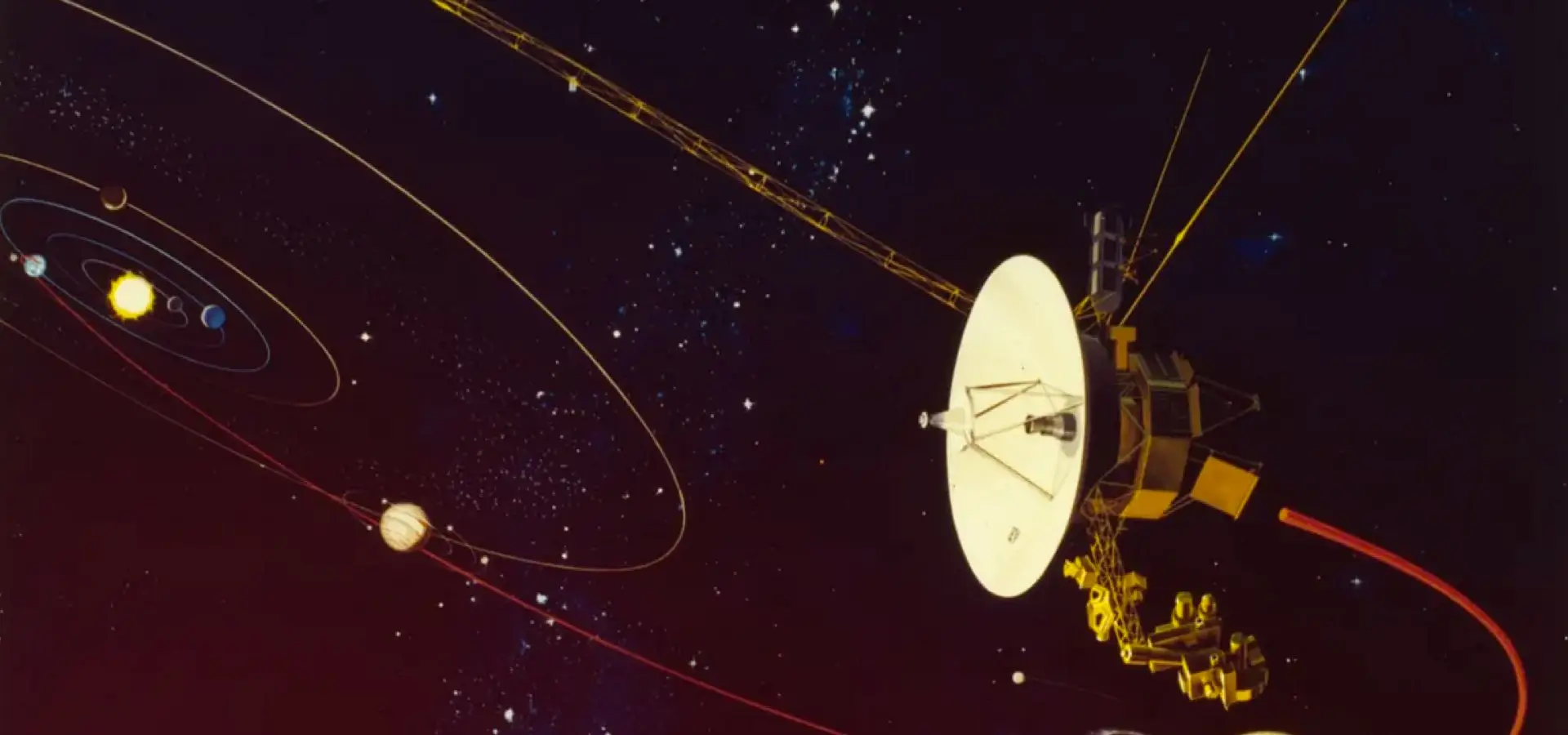300,000 Year Old Ancient Skull Found in China Challenges Human Evolutionary Tree, Reveals Unique Traits
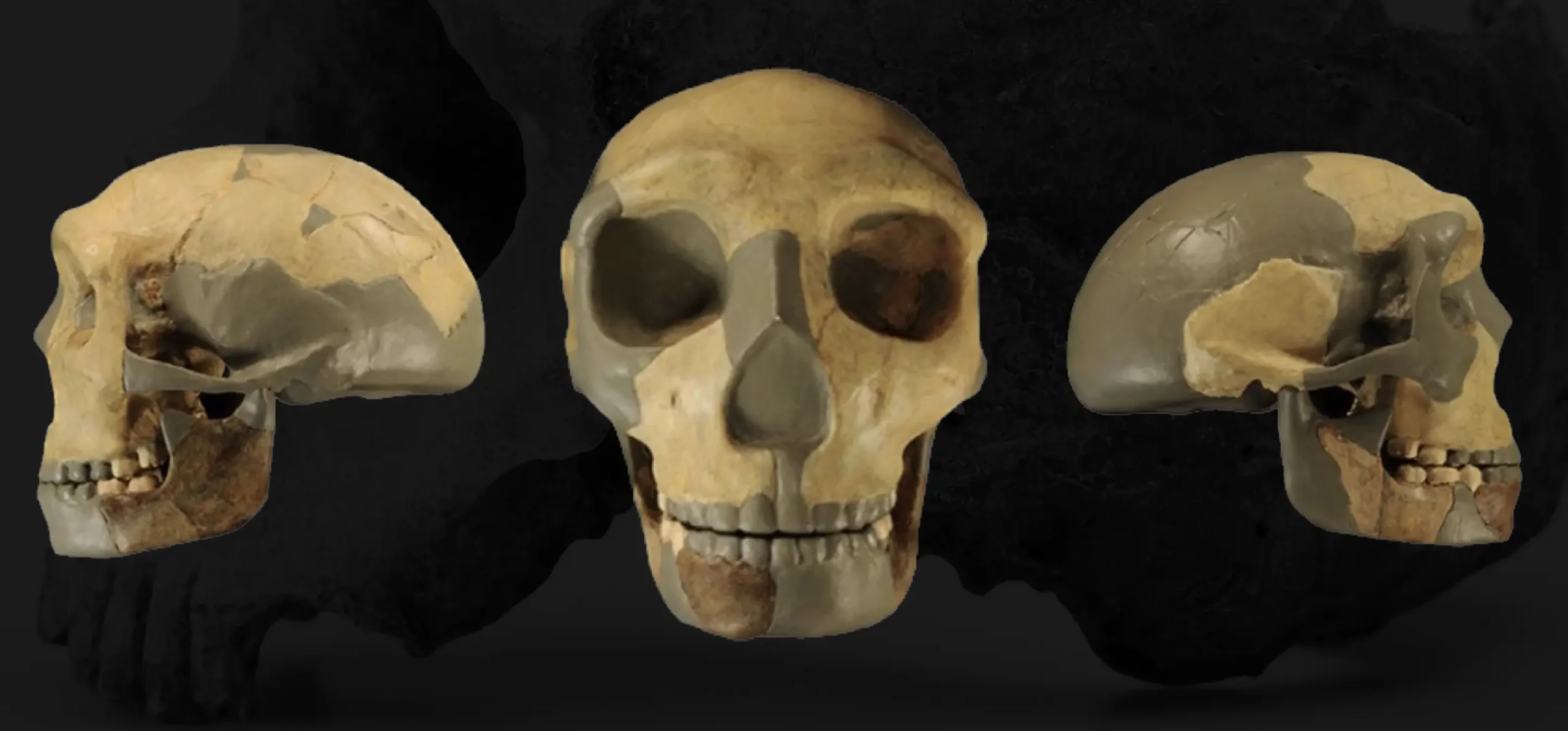
Credit: Google
An extraordinary revelation in the realm of human evolution has emerged from China, where an international team of scientists has uncovered a fossilized ancient human skull, challenging the established narrative of our species’ lineage. This remarkable find, known as HLD 6, was unearthed in Hualongdong, East Asia, in 2019, and its characteristics have perplexed researchers worldwide.
An ancient skull dating back 300,000 years is unlike any other premodern human fossil ever found, potentially pointing to a new branch in the human family tree, according to new research https://t.co/yI5aQbgu2o
— CNN (@CNN) August 10, 2023
The skull’s peculiar traits set it apart from any previously classified hominin. Neither fitting the Neanderthal or Denisovan lineages, it hints at the need for an additional branch in the human family tree. The investigation, led by experts from the Chinese Academy of Sciences (CAS), Xi’an Jiaotong University, the University of York, and Spain’s National Research Center on Human Evolution, has led to groundbreaking conclusions.
HLD 6’s facial structure appears reminiscent of modern humans who diverged from Homo erectus approximately 750,000 years ago. However, a missing chin bears resemblance to Denisovans, an ancient hominin species that separated from Neanderthals over 400,000 years ago. In light of these anomalies, the researchers postulate an entirely new lineage, one that combines aspects of the branch that led to modern humans and the lineage linked to other ancient hominins like Denisovans.
The revelation comes as a significant departure from the traditional interpretation of Pleistocene hominin fossils found in China. Historically, these remains have resisted easy classification within existing lineages, evoking debates about their place in the human story. While the linear approach of categorizing them as intermediate forms has been contentious, this discovery hints at a more complex narrative.
This enigmatic skull prompts reconsideration of the paths leading to modern humans. Its mosaic of features points to the coexistence of three distinct lineages in Asia: H. erectus, Denisovan, and this new proposed branch, in the history of evolution near to humans. It’s an echo from the past, suggesting that some of our “modern” traits existed in ancient times.
The revelation also intertwines with genomic studies of Neanderthals, hinting at a fourth hominin lineage in the Middle to Late Pleistocene that has never been officially documented in the fossil record. With the emergence of this unknown lineage, the human story gains complexity, and the missing puzzle pieces of our evolutionary history start to fall into place.
As the scientific community grapples with this paradigm-shifting discovery, it becomes clear that the narrative of human evolution is far more intricate and diverse than previously conceived. This ancient skull from China may hold the key to unlocking a deeper understanding of our shared past and the intricate branches that have shaped the human species’ journey. The implications extend beyond the geographical boundaries, suggesting that the origins of our kind may have roots deeper and more intertwined than ever thought before.
The ancient skull found in China challenges our preconceptions about human evolution, inviting us to explore new avenues of inquiry and sparking a reevaluation of the intricate mosaic that makes up the story of human species.
RELATED NEWS
WEB STORIES FOR YOU
Stay connected with Today On Globe for the latest Global Issues and News Updates.
Explore more related articles at [TOG News / TOG Article]












